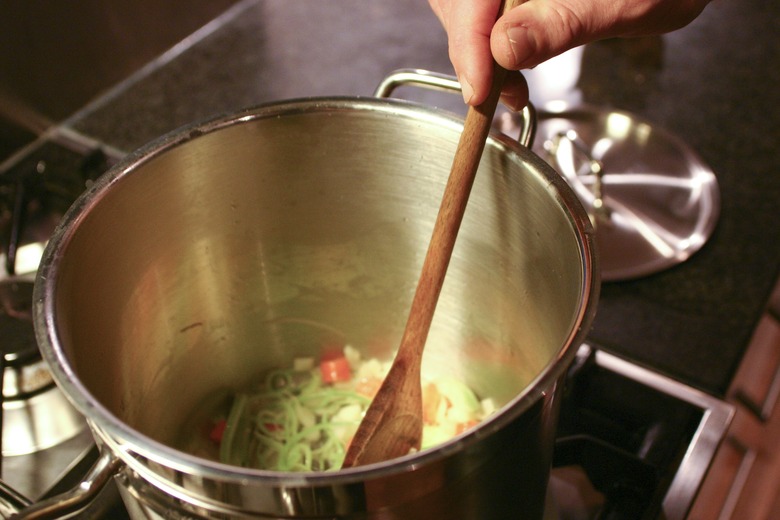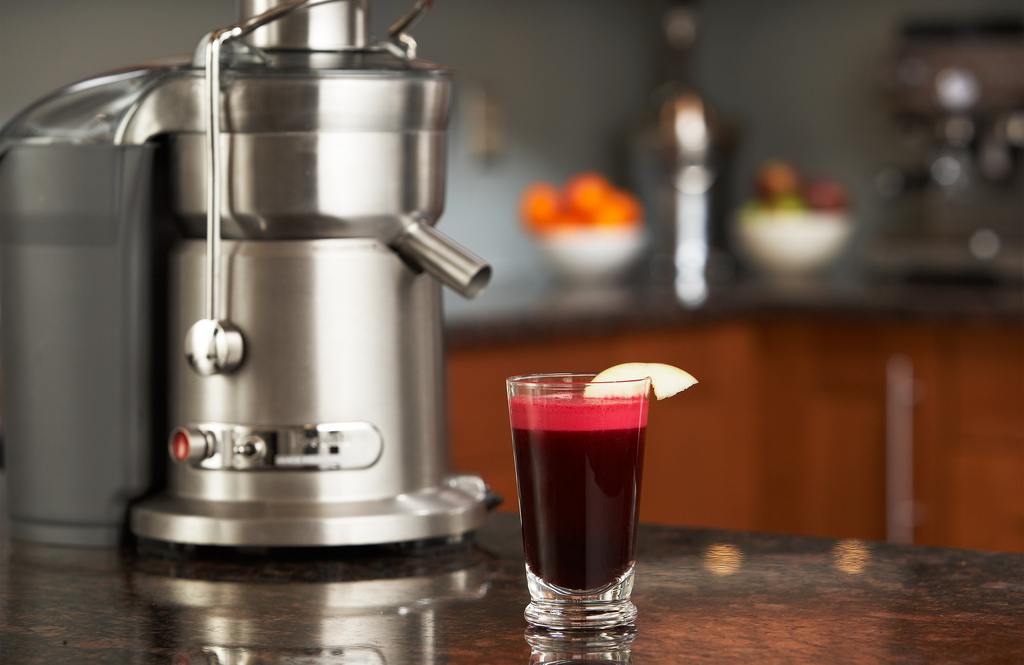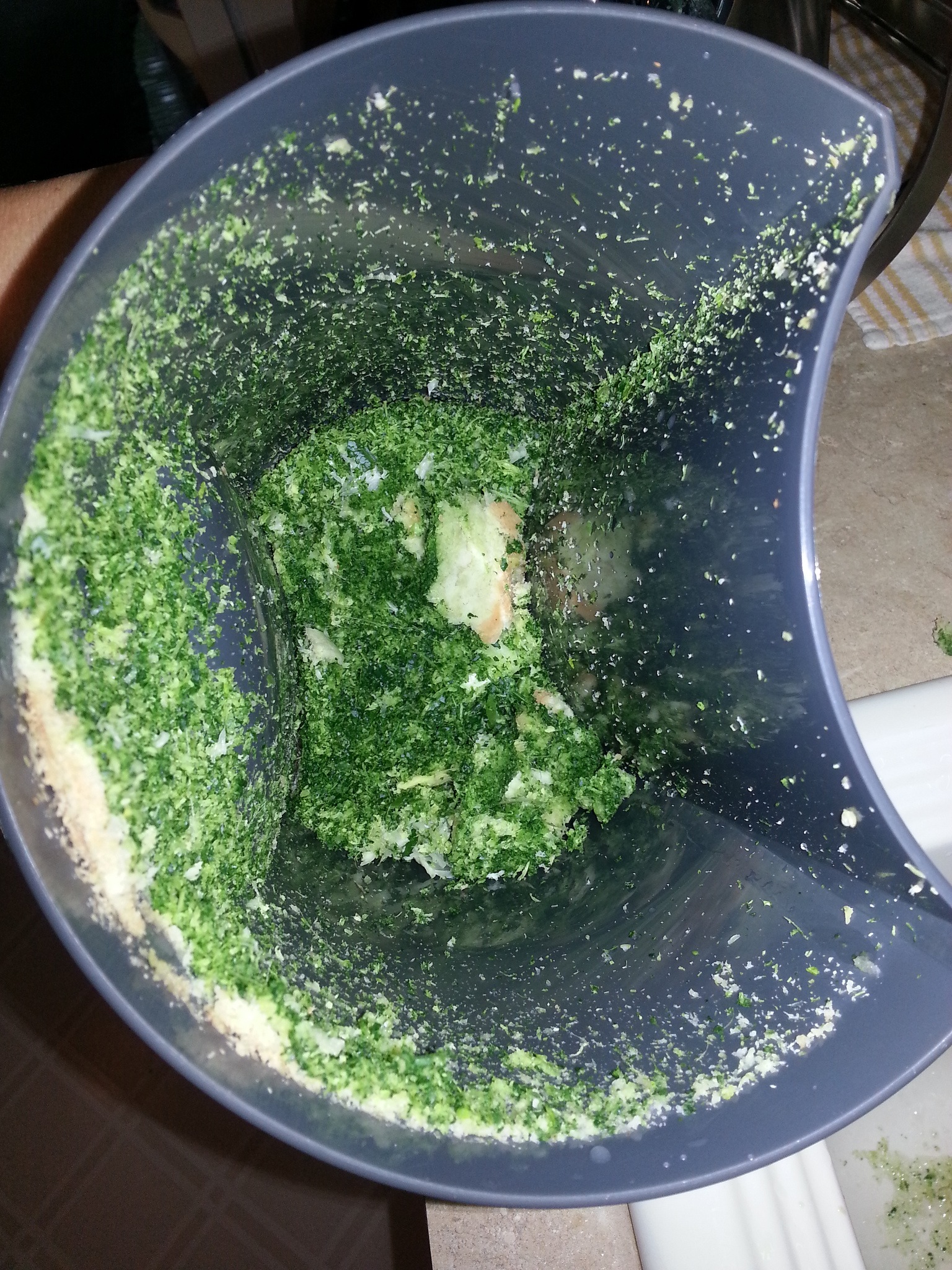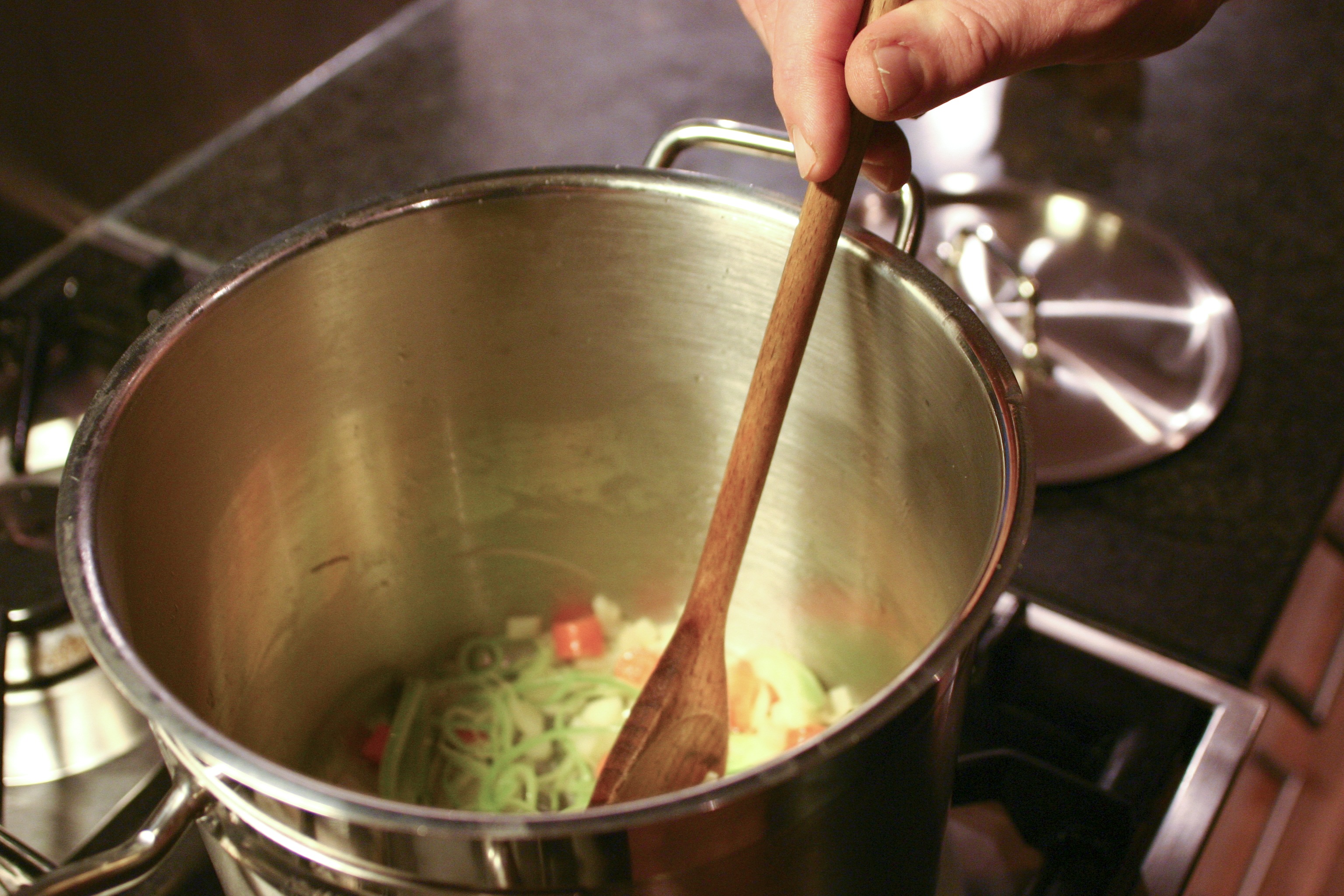Twofer: How To Make Stock With Juicing Scraps
Whether you thrive off of the challenge of the occasional juice cleanse or enjoy a glass of green juice in the morning, you probably have pulp that you don't know what to do with. All juicers, (centrifugal or masticating) leave you a lot of pulp after juicing. This pulp — all of the fibers left over from the fruits and vegetables you've just turned into juice — is actually a goldmine of flavor perfect for stock.
Most often the complaint about juicing is that so much of the food being juiced goes to waste. Instead of tossing that juice pulp, turn it into a delicious vegetable stock. Here's how:
Make a game plan. Before you start juicing, separate the fruits and vegetables so you can juice the vegetables first.
Get to juicing. Juice the vegetables. Be aware that beets are pretty sweet and they'll turn stock pink, so it might be best to keep them in the fruit pile.
Pulp. Collect pulp from the greens, celery, carrots, and any other vegetables you may have thrown in the mix. Then continue juicing as you would normally. You don't have to save the fruit pulp, but you can use it in fruit breads or compost it. Store the vegetable pulp in the freezer while you collect.
Stock. Once you've collected about one quart of pulp, you're ready to make stock. Add the pulp and a few quarts of water to a large pot; you can also throw in some aromatics like garlic cloves, bay leaves, and peppercorns if you have them lying around. Bring to a boil and cook the pulp until you achieve a flavorful stock, about 30 minutes. If foam appears at the top of the mixture while it cooks, skim it off. Strain the stock through a fine mesh strainer and cool the stock in the refrigerator. Store in a resealable container and use the stock as a flavorful base for soup, slow cooker meals, risotto, and anything else you would normally use vegetable stock for.




